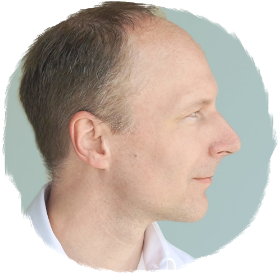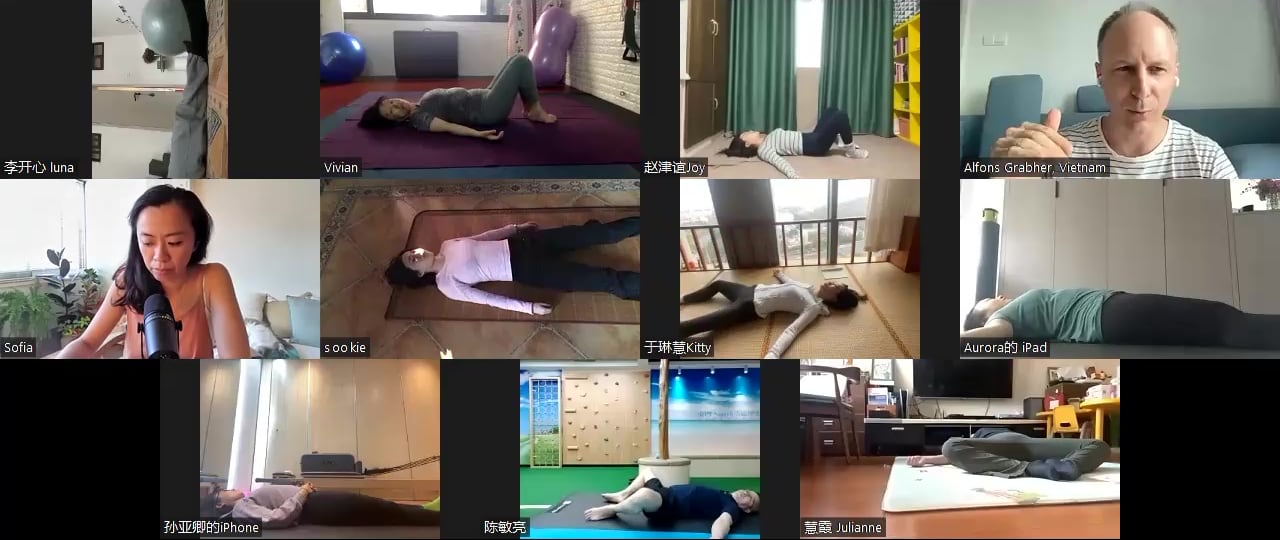Silence. Nobody dares to say a word. Then this one person speaks up and keeps talking and talking and everyone starts to grow tired-of if not upset-at this one person that does not seem to notice that there’s other people in the room as well. And then, the next time I ask a question, the same drama will happen again, just worse.
So- that’s one of the situations I want to avoid when conducting a workshop online, via video-chat.
I have a three hour long workshop scheduled for Saturday. I wonder about the fixed time of exactly three hours. Participants clear three hours in their schedule, they pay for three hours, they expect three hours (or at least two hours and a half, if they are that one busy person who is always sneaking out first.)
Contrariwise, when I call up a friend for a scheduled catch-up Skype call, we don’t put an exact duration for the call in our calendars. We note the time we meet, and we make sure that we have some time to chat (otherwise we would say, “let’s make it quick I have only a few minutes, but let’s catch up next Saturday afternoon I will be free then”).
So- I guess, online workshops are viewed more like commercial products. Like a movie that’s been in production for 2 years and then it’s 1 hour 53 minutes for the viewing. But my workshop is not like that. My expertise has been in the making for a few decades, and the viewing, the teaching, the online workshop teaching, how many minutes is it? The many participants, who have a lifetime of experience in all kinds of things and walks of life themselves, how minutes may I have of each of them to tune in?
“One morning, while I was ruminating in the shower about what kind of slogan would succinctly summarize the tactics for increasing intelligence, six words came to mind. Dripping wet, with a towel around my waist, I walked to the study and wrote down this phrase: »Turn On, Tune ln, Drop Out.« Later it became very useful in my function as cheerleader for change. »Turn on« meant to go within and become sensitive to the many and various levels of consciousness and the specific triggers engaging them. »Tune in« meant to interact harmoniously with the world around you. »Drop out« suggested an active, selective, graceful process of detachment from involuntary or unconscious commitments. This meant self-reliance, a discovery of one’s singularity, a commitment to mobility, choice, and change.” I paraphrase Timothy Leary, as he wrote in his book Flashbacks.
Still- I need to plan my three-hour workshop. I imagine:
I could orchestrate movements for 3 hours straight. All 6 lessons of my “Hip Joints 2” series in one go. In this way all participants will feel something. Even the least sensitive person will clearly feel an improvement (the most sensitive probably to the point of being overwhelmed.) Also, nobody will complain that there was too much talking and not enough movement.
Ok, that’s stupid; to turn humans into programs that execute movement instructions. How insensitive. How immature. What a waste. Let me imagine something else:
- I will start with a movement sequence.
- Then I will point out the delights and benefits of studying movement sequences in their purest, their most pure form, a study of movements. I will let participants recall and write down the movements. I will have them collaborate to clean the meat from the sequence, to bleach the bones so to speak, and then identify which movement is good for what purpose.
- Then I might tell them a story about my grandparents. How they were born in the house of my grand-grandparents. How at that time babies were brought to the only grocery shop in the village—they used the deli scales to weigh their newborns. How my grandparents grew into a community and into the family business. I might tell my workshop participants about compulsory schooling, obedience and how having done time in schools may have shaped their thinking and acting. I might tell them about life and trauma. About trauma healing and the depths one can go to. About freedom of thought and physical movement creation. And about the freedom of the soul to move wherever it is drawn to.
- And then I’ll teach another movement sequence. Maybe it will be a different movement quality then.



